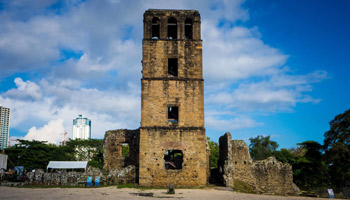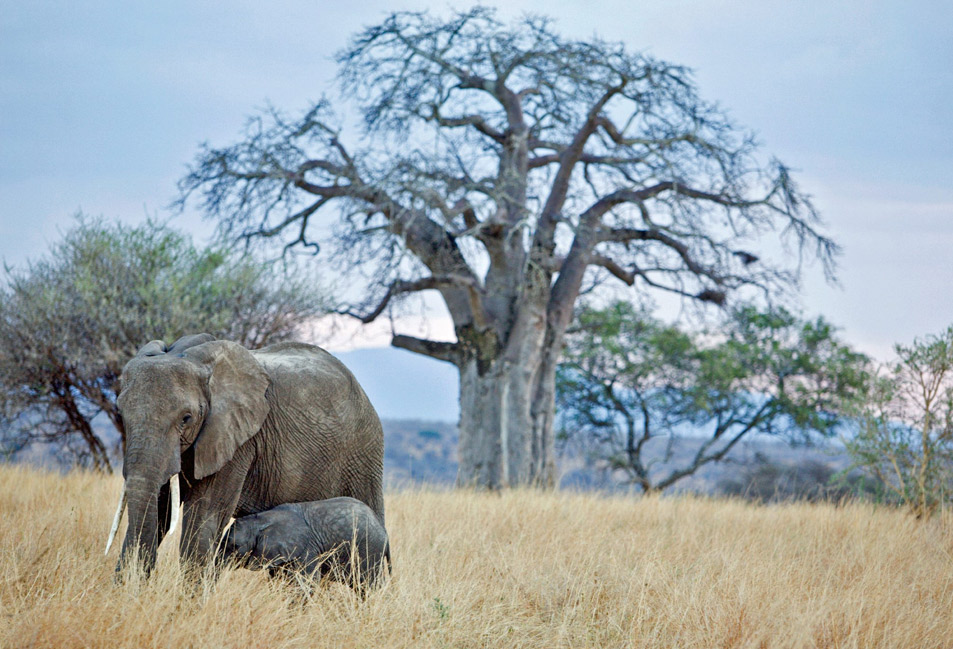Strolling through Bagamoyo’s narrow, unpaved streets takes you back to the mid-19th century, when the town was one of the most important settlements along the East African coast and the terminus of the trade caravan route linking Lake Tanganyika with the sea. Slaves, ivory, salt and copra were unloaded here before being shipped to Zanzibar Island and elsewhere, and many European explorers, including Richard Burton, Henry Morton Stanley and David Livingstone, began and ended their trips here. In 1868 French missionaries established Freedom Village at Bagamoyo as a shelter for ransomed slaves, and for the remainder of the century the town served as a way station for missionaries travelling from Zanzibar Island to the interior.


Bagamoyo is a magical town fringed with amazing beaches, Mangrove forest, unforgettable historicalmemories as well asvarious traditional lifestyle, located just 65kms north of Dar es Salaam on the coast opposite Zanzibar, it was the formal capital of the German East Africa. It derived the name from the word Bwagamoyo means “here I throw down my heart” reflecting the desperation and despair of the “broken hearted” captives whose voyage into the unknown world began here. The town was the most important trading center pot of the east central coast of Africa, in the late 19th century its history was influenced by Indian and Arab traders, the German colonial government and by Christian missionaries.
In the late 18th century Muslim families settled in Bagamoyo, all of which were relatives of Shamvi la Magimba in Oman, they made their living by enforcing taxes on the native population and by trading in salt, gathered from the Nunge coast north of Bagamoyo.
Bagamoyo is home to several ethnic groups such as Wakwere, Wazaramo, Wazigua including Arabs and Germans who lived in this area during their control, the town has been declared a world class historical site and a UNESCCO's world heritage site with rich cultural heritage.
Bagamoyo has beautiful beaches with quality hotels and lodges, it is the best ideal for a day visit during your stay in Dar es Salaam, and the town offers the best unforgettable historical tour. A fantastic adventure inside the Mangrove forest is one of the most amazing biological complex and productive ecosystem on earth which can be explored by walking or using kayak with a local guide. A cultural experience mixed with traditional farming and herbal medicine are one of the interesting experience for visitors with ample time to visit local families and many more.
Where To Visit In Bagamoyo
Relax on the beaches.The town of Bagamoyo offers the best hotels and brilliant beach relaxation on the shores of Indian Ocean which provide the superb places to refresh
The Old Fort of Bagamoyo
A place where slaves were kept before herded through underground tunnels to waiting dhows at the Harbor, where their journey to unknown world began.The lone standing two storey building remain to be the oldest historical building in Bagamoyo, first built in 1860’s by Abdallah Suleiman Marhabi. He was one of the first Arab traders to arrive in Bagamoyo and he used the building as the market place for his products since he didn’t engage in slave trade. Later when the chaos of illegal slave trade began around 1870’s, he handled the building to sultan Said Barghash who used the building as the last stop for slave traders and their caravan before boarding their ship to the main slave market in Zanzibar or to other foreign countries.
When the Germans took over, they changed the building into a garrison, increasing the height of the main building to three stores leaving the second floor as the watch tower, they added a soldier’s barracks and a wall around.
After World war one, in 1919 when British took over they changed the use of the building in to a prison, and still used in the same purpose after independence by the Government of Tanzania until 1974 when it became a Police station and Historical Building in 1995.
The Old Boma of Bagamoyo
The Bagamoyo Old Boma was the East Africa German’s headquarter built at the end of 19th Century as their state house and their government leader’s residing in Bagamoyo at that time. The shallow water in Bagamoyo caused the Building to be used by the Germans for a short time and then they moved their headquarters South of Bagamoyo to a fisherman village named Mzizima which is famous as Dar es Salaam for Now.
After World War One, the building was used by British after takeover of the German’s colonies from 1919 until Independence Day 09th December 1961. Since then the building has been under the jurisdiction of Tanzania Government and never been upgraded nor used as state house by the government until 1995 when it was declared as the Historical Building. Currently the building is managed by under the department of antiquities and remain one of the several historical building still standing within the Conserved old stone town area of Bagamoyo.
Kaole Ruins
Kaole Ruins are located in Kaole Village formerly known as 'Pumbiji,' it is one of the oldest villages andonce a prosperous Arab townthat immigrants from Arab countries choose as they landed on East Africa's coast. The Village is found about 5kms south of Bagamoyo town center and has ruins dated back to 13th Century. It is in this village where Sultan of Oman preferred to settle and construct administrative and military headquarterswhich was forced into decline by the arrival of Portuguese in the 15th century. Today the ruins which were made-up of earth corals rags and the Kaole Museum tells volumes of stories about ivory trade, traders movements, cruel slavery trade and the living culture of today's Kaole people’s majority are originated from Asia. Beyond the ruins, there is an old port surrounded by Mangrove forest which can invite you closer to nature and enjoy fresh air if given a visit.The archaeological site has two mosques and 30 tombs, one of thebuildings is the most ancient known mosque in East Africa. Tombs were built with coral rag and columns as some of them can still be seen onsite.
Catholic Church and Museum
The old tower of the first Catholic Church in Each Africawas first built in 1872, and the Second Church built in 1909 to 1914. It is in this church where the body of Dr. Livingstone kept before transferred to Zanzibar thenWestminster Abbey in London, England for burial while his heart were buried under Mvula tree now known as the site of the Livingstone Memorialin Chief Chitambo's Village in North Rhodesia now known as Zambia. At the surroundings of the Church in Bagamoyo there is one of the oldest Baobab tree, cemeteries for Catholic, Germans & Indians. Dr. Livingstone tower, Old Fathers' house and the Cross at the Beach. The Museum at the church is equipped with the information about the slave trade, missionaries, life of the people and some collections of artifacts of the indigenous tribes.
Bagamoyo stone town tour
The town of Bagamoyo is surrounded by buildings of previous generation, beautiful Arab architecture made of thick walls of earth and coral rags fitted with well-carved doors made of thick African hardwood. During the walk through narrow streets between old buildings of Bagamoyo stone town some other historic buildings can be visited such as the German Colonial Administrative block, the Art Market, the Old Post office, First Tanganyika Primary School, Old Mosque, Hanging Tower, Caravanserai museum, the fist Market and along the Indian Ocean beach visit a centre for dhow sailboat building and get to know how local people builds their fishing and sea transportation boats.
Old German Colonial Military Cemetery
It is the memory for the German Soldiers who passed away during the First World War in East Africa located right next to the sandy beach, the old German graveyard consists of 20 German graves, 18 soldiers buried between 1889 and 1894, one nurse (1889) and one baby (1900), the daughter of the representative of the German East Africa Company. Off to the side there is also the grave of the British District Commissioner (1939).
Visit Bagamoyo Collage of Art
The Bagamoyo Collage of Arts (Chuo cha Sanaa) is an international famous arts college in Tanzania, teaching traditional Tanzania painting, sculpture, drama, dancing and drumming. The college organizes monthly cultural events that people are freely invited to participate.
Crocodile Farm Visit
Visit the crocodile farm and learn how these wild predators are kept. Get to know their social behavior, growth, live capture techniques, feeding and hunting technique and local uses of their various products.
The Cross
It marks the sport where Father Antoine Horner of the French Holy Ghost Fathers first stepped ashore from Zanzibar in 1868 to establish the first Roman Catholic Church on the East African mainland.
Customize your Trip with choose a Tailor-Made destination, pick your lodges, and we'll do the rest
